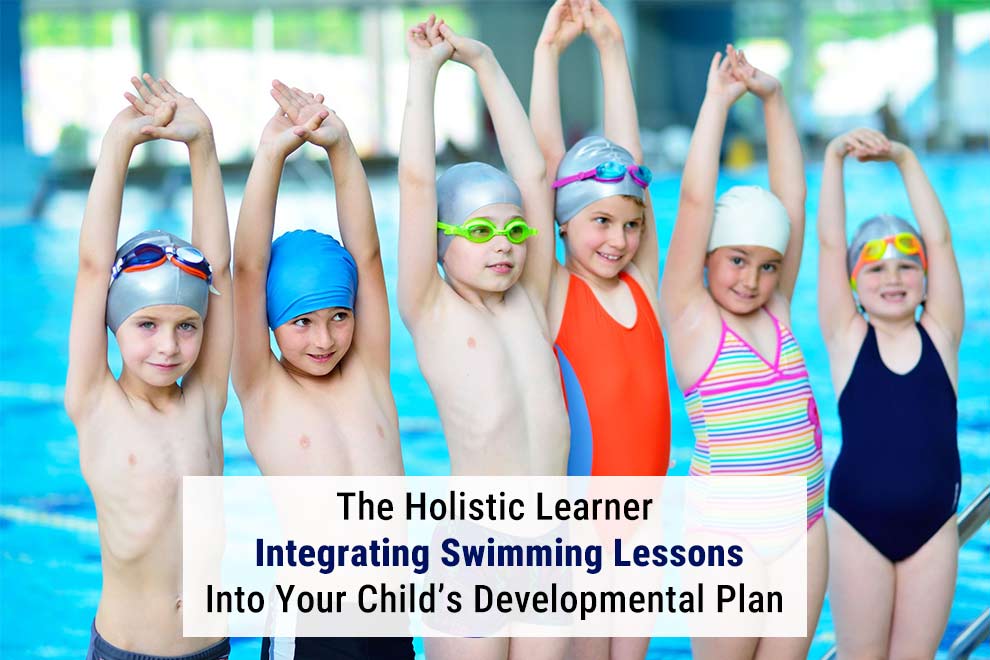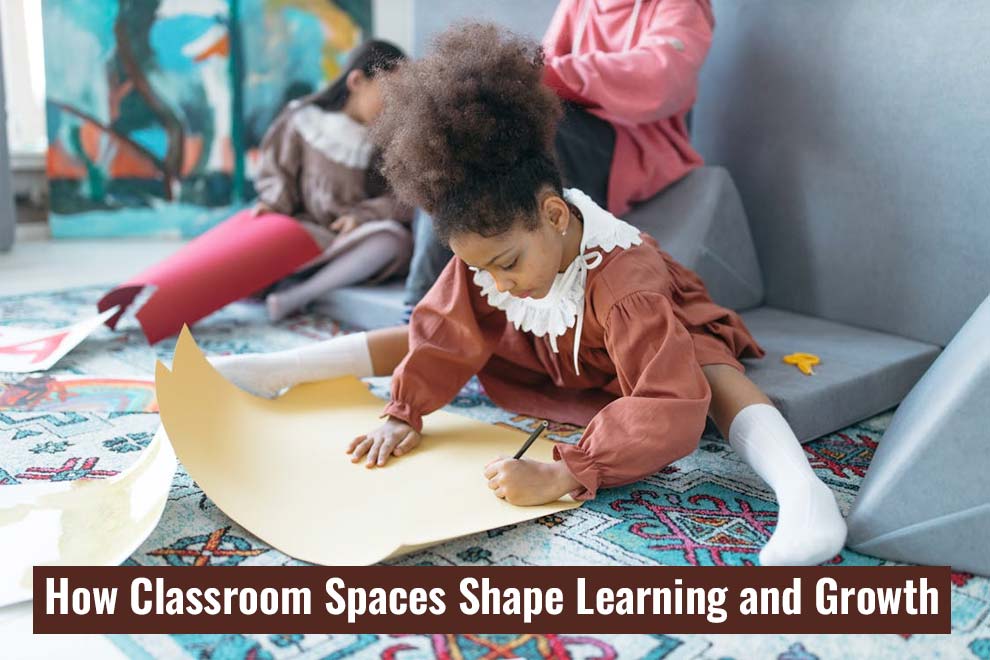We don’t just want our children to be safe. We want them to thrive. While we invest in their academic, social, and physical growth through various channels, one activity stands out for its ability to develop all three at once: swimming.
Far more than a recreational hobby, the pool is a unique developmental laboratory where strength, intelligence, and confidence are built stroke by stroke. Let’s explore how to transform swimming lessons from a casual activity into a central pillar of your child’s holistic growth strategy.
Building a Foundation for Physical Confidence
From the moment they splash into the water, children begin developing crucial physical skills. The resistance of water provides a natural, low-impact environment for building strength, enhancing cardiovascular health, and improving endurance. Every kick and arm stroke promotes coordination, refines motor skills, and teaches body awareness in a way that land-based activities cannot.
Mastering a new stroke, swimming a longer distance, or simply learning to float independently provides a tremendous sense of achievement. This confidence in the pool often translates into a more confident child on the playground, in the classroom, and in social settings.
For parents looking to build this foundation of physical confidence and safety, enrolling in professionally taught Birmingham swimming lessons is the essential first step. These structured programs are designed to progress at a child’s pace, ensuring they feel supported and celebrated at every milestone.
Enhancing Cognitive and Academic Skills
It might be surprising, but the benefits of swimming extend directly to the brain. The cross-patterning movements used in swimming (like the alternating arm and leg motions of the freestyle stroke) engage both hemispheres of the brain and all four lobes simultaneously. This builds and strengthens neural pathways, enhancing:
- Cognitive Function: The concentration required to listen to an instructor, remember sequences of movements, and coordinate their body boosts focus and memory.
- Spatial Awareness: Navigating the water helps children understand concepts of distance, depth, and direction.
- Mathematical Readiness: Counting laps, understanding the timing of breaths, and learning about water volume provide practical, early math experiences.
The mindful, rhythmic nature of swimming can also be incredibly calming. It helps children regulate their emotions and reduce anxiety, which creates a more settled mind ready for academic learning.
Fostering Social-Emotional Growth
Swimming lessons are a profoundly social experience. Even in a one-on-one lesson with an instructor, a child is learning crucial social skills like listening, taking turns, and trusting an authority figure outside their family. In group lessons, the benefits multiply.
Children learn to cooperate, encourage their peers, and celebrate each other’s successes. They see that others are also facing challenges and overcoming fears, which builds empathy and resilience.
Overcoming the initial apprehension of water is a significant emotional hurdle. Successfully doing so teaches children that they can face and conquer fears, a lesson that builds grit and a growth mindset that will serve them for a lifetime.
Making the Integration Seamless
The goal is to build water independence through a foundation of fundamental safety and strong swimming skills, transforming it from an activity into a core life skill.
1. Start Early and Stress Safety
Begin with parent-and-child classes to make water familiar and fun. From the very first splash, the emphasis should be on water safety, teaching toddlers how to enter and exit safely. This early positive exposure is the first step in their level progression.
2. Consistency is Key
Treat swimming lessons like any other important extracurricular. Regular, year-round practice is crucial. It prevents skill regression, solidifies stroke technique, and ensures continuous progress. This consistent exposure is what builds true confidence and water independence.
3. Choose the Right Program
Look for a reputable provider that emphasizes fun, fundamental safety, and individual progress over competition. The best programs offer clear level progression and detailed report cards that track your child’s mastery of skills, from the breaststroke kick to the front crawl. For focused attention, consider private lessons or custom private lessons to target specific stroke mechanics.
4. Connect the Dots at Home
Reinforce their learning outside the pool. Ask your child to demonstrate their “big arms” for front crawl or explain the glide of the elementary backstroke. This activity connects to family time and solidifies their swimming skills. As they grow, frame these lessons as the foundation for future paths like lifeguard training, first aid training, or even triathlon training.
Bottom Line
Integrating indoor swimming lessons into your child’s routine offers far more than just a fun activity. By opting for private swim lessons, you provide a tailored environment that accelerates skill-based progression, ensuring your child masters essential personal water safety techniques at their own pace. This focused approach builds physical confidence and significantly enhances cognitive development through deliberate, engaging practice.
Also Read: Is Westgate Resorts Legit? A Comprehensive Review










